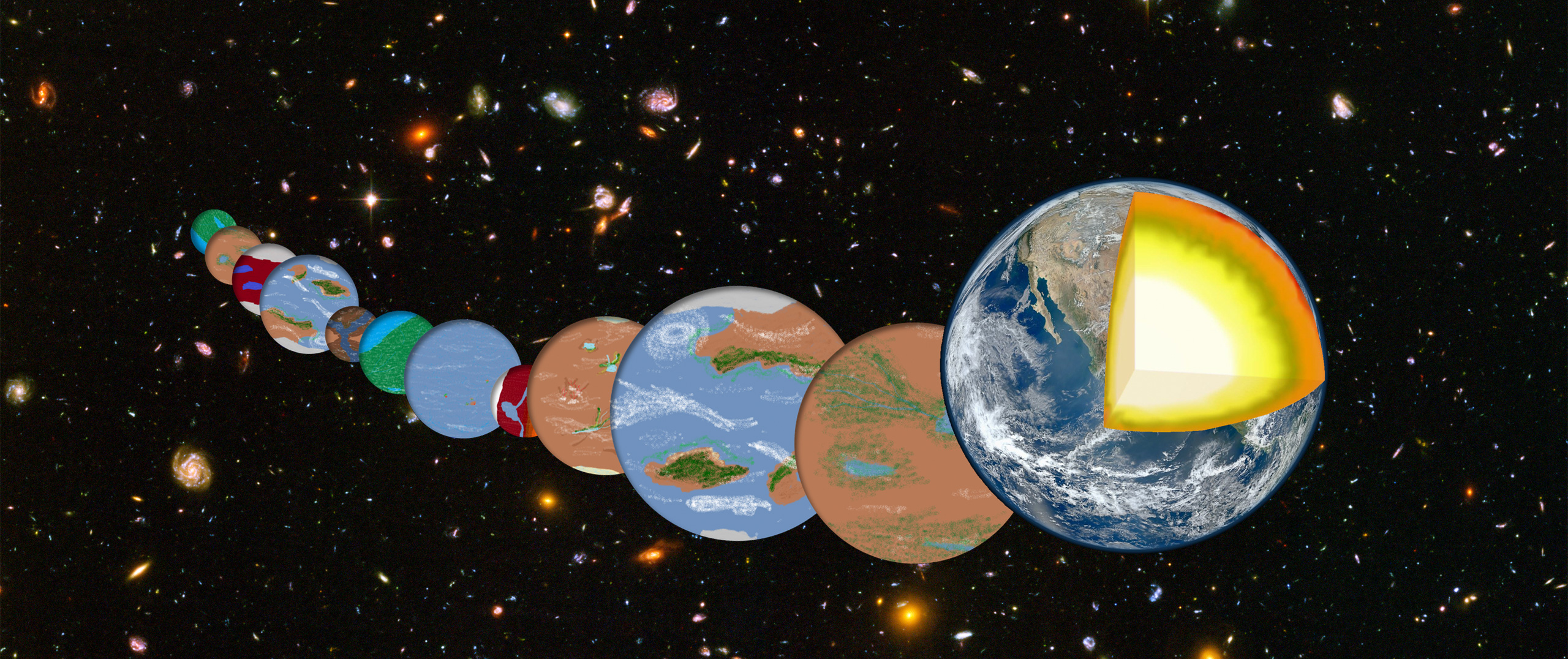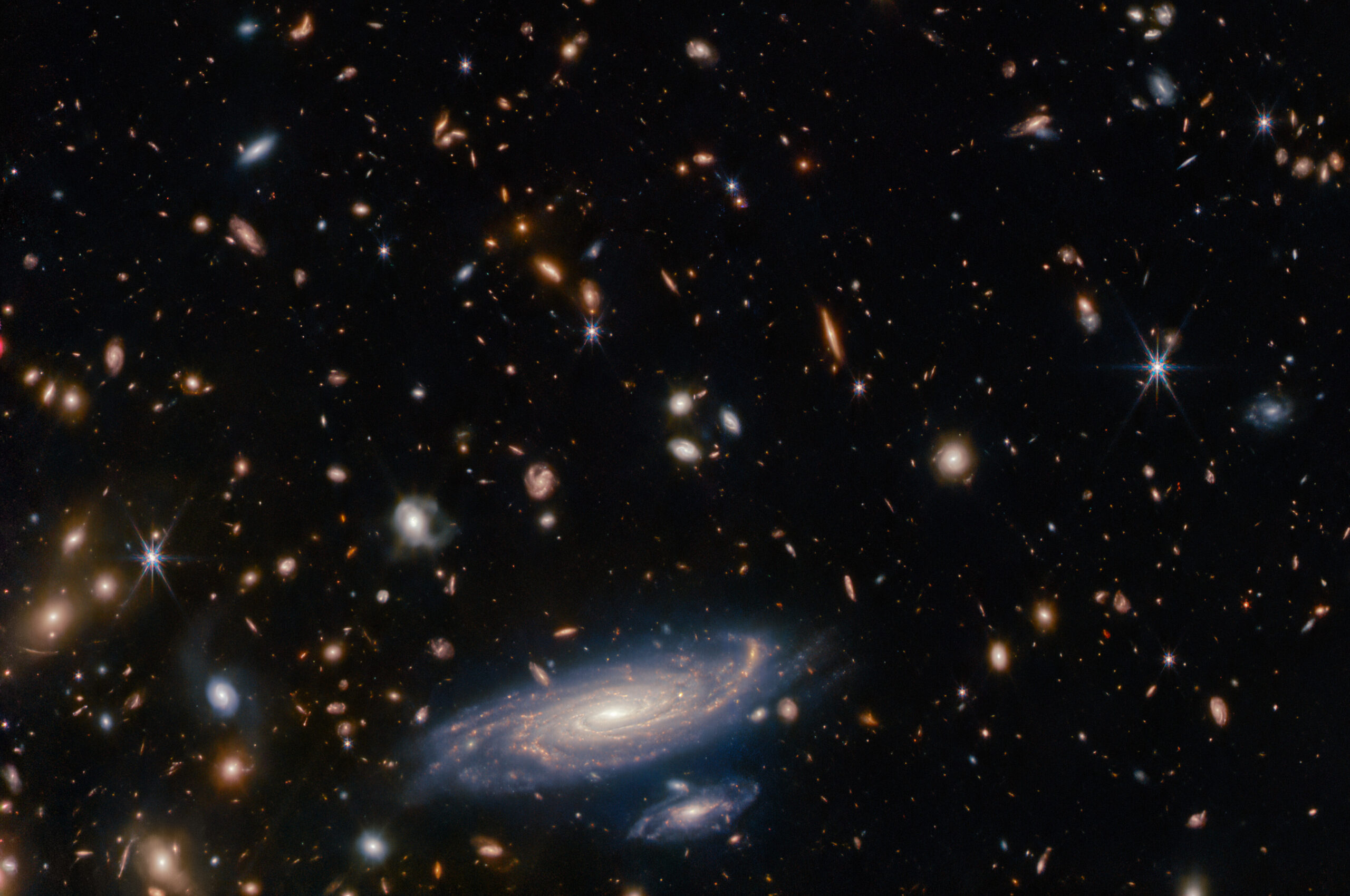Following an ISSI workshop on “The Geoscience of Exoplanets: Going Beyond Habitability” earlier this April, the speaker will discuss how the geosciences and the physics of the solid planet in particular, can support the search for life on exoplanets. The non-linear theory of plate-tectonics will be used to discuss the bi-stability of tectonics, climate, and the bio-productivity of Earth-like worlds. A central element to the discussion will be the role of water cycling between interior and surface reservoirs. Positive and negative feedback mechanisms will be explored along with the non-linear dependence of key rock properties on water concentration and temperature. It will be argued that the Earth, with its balanced distribution of land and ocean surface areas and its life-friendly conditions, might be rather rare. Other Earth-like worlds would more likely be “dune planets” covered mostly by land and whose biomass is water-supply limited. A less likely planet, but still more likely than Earth, would be mostly covered by ocean water and life would be nutrition-supply limited. Light curves of candidate exoplanets such as those tested for Earth with NASA’s EPOXI mission might help to statistically test the model. The title of this talk could then be reversed: How the study of exoplanets can contribute to solving conundrums for geoscientists.


